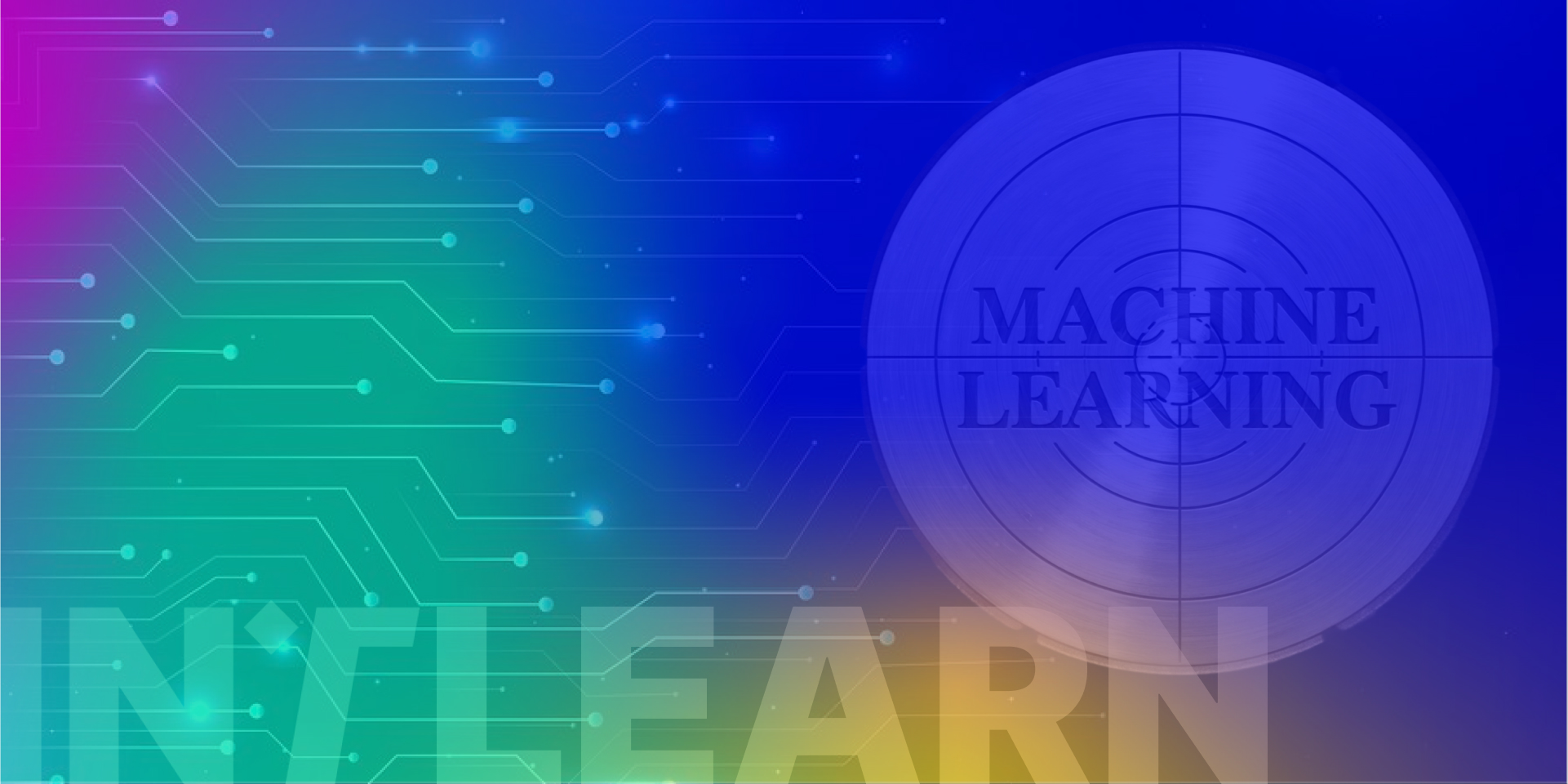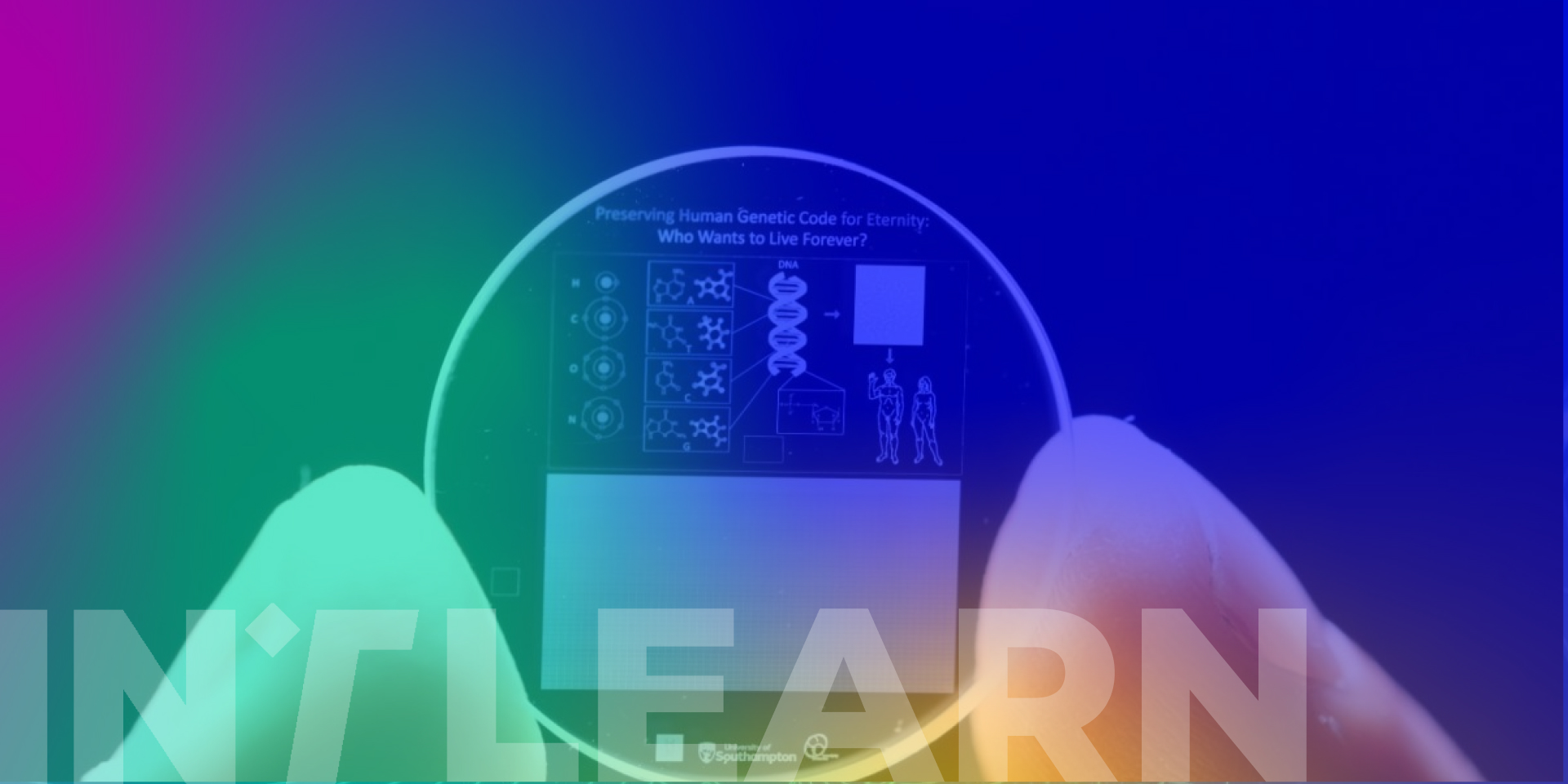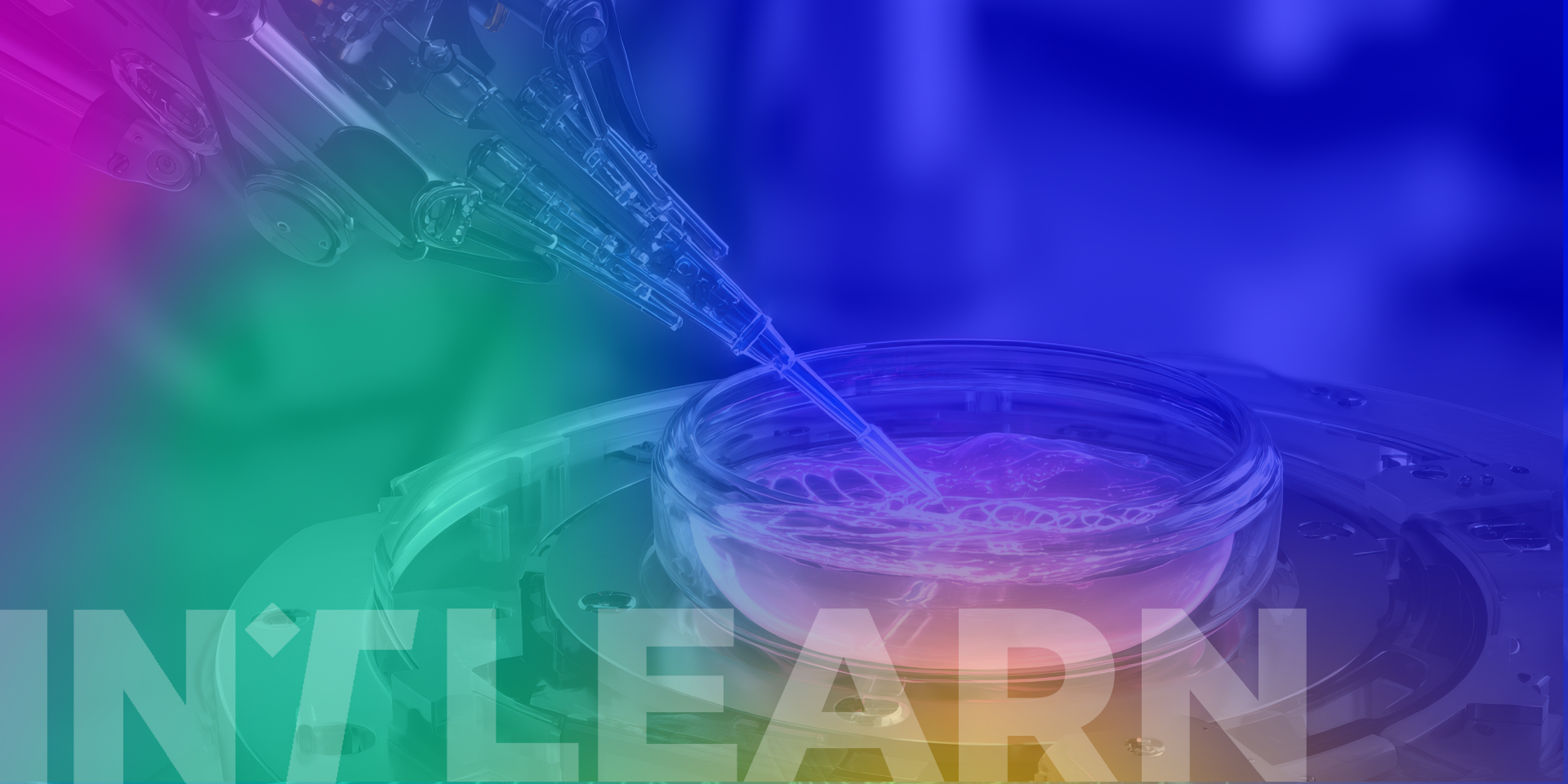Functionality and fields of application about Machine Learning
Machine Learning (ML): a subset of Artificial Intelligence (AI) that aims to create systems capable of learning and progressively improving themselves through the analysis of increasing volumes of data.
The fields of application about Machine Learning make it a tool used for future innovations
This discipline is distinguished by its ability to discover relationships and patterns within potentially large datasets, going beyond the capabilities of simple statistical analysis. With this goal, Machine Learning employs sophisticated algorithms, trained to identify specific patterns in data, which subsequently serve as the basis for generating predictions and classifying new information.
FUNCTIONALITY
The operation of Machine Learning is based on the creation of computational statistical models that are optimized for a specific purpose through the analysis of training data. This approach differs from the classic method, where programmers develop static algorithms to solve a problem.
When data sets are input into the ML model, the accuracy of the results is evaluated, allowing data scientists to refine the model by adjusting predefined variables, known as hyperparameters, and variables that the algorithm itself adjusts, called learning parameters.
The process of exposure to new data and the related computation progressively refines the algorithm, improving its performance. The algorithm constitutes the computational component of the project, while the model is the already-trained algorithm, ready to be applied in real-world contexts.
DIFFERENCES WITH ARTIFICIAL INTELLIGENCE
Artificial Intelligence is a macro-discipline of computer science focused on the conception and refinement of systems capable of emulating human thought. Machine Learning, on the other hand, is a subset of this field that focuses specifically on the computational aspect of the learning process. Although the two terms are often used interchangeably and address similar challenges, they maintain their distinct identity.
DEEP LEARNING
Deep Learning is a subset of Machine Learning that uses multi-layered neural networks, defined as deep neural networks, to simulate the complex decision-making capacity of the human brain.
The main difference between Deep Learning and machine learning lies in the structure of the underlying neural network architecture. While traditional, “non-deep” machine learning models use simple neural networks with one or two computational layers, Deep Learning models employ three or more, often reaching hundreds or thousands of layers to train the models.
Deep Learning models can leverage unsupervised learning, thanks to which they can extract the features, functions, and relationships needed to obtain accurate results directly from raw, unstructured data. Furthermore, these models can also self-evaluate and refine their own results for greater precision.
Deep Learning is a field of data science that powers numerous services and applications, promoting automation and the execution of analytical and physical tasks without the need for human intervention.
FIELDS OF APPLICATION
Machine Learning is widely used in various sectors.
In the healthcare sector, Machine Learning is used for activities such as medical image analysis, predictive analysis, and disease diagnosis. ML systems can also analyze symptoms, genetic information, and other patient data to suggest tests useful for diagnosing conditions such as cancer, diabetes, and heart disease.
For retailers, and retail specifically, Machine Learning can optimize operations and sales. At an operational level, it can analyze supply chain data to refine inventory management and predict delays. To increase sales, Machine Learning can examine a customer’s search and browsing history and their demographic data to create a useful profile for future marketing efforts.
One of the most effective uses of Machine Learning is in the financial sector, thanks to which it is possible to detect fraud. Machine Learning algorithms are able to identify the typical behavior of an account, promptly flagging any anomalies for a potential investigation.






